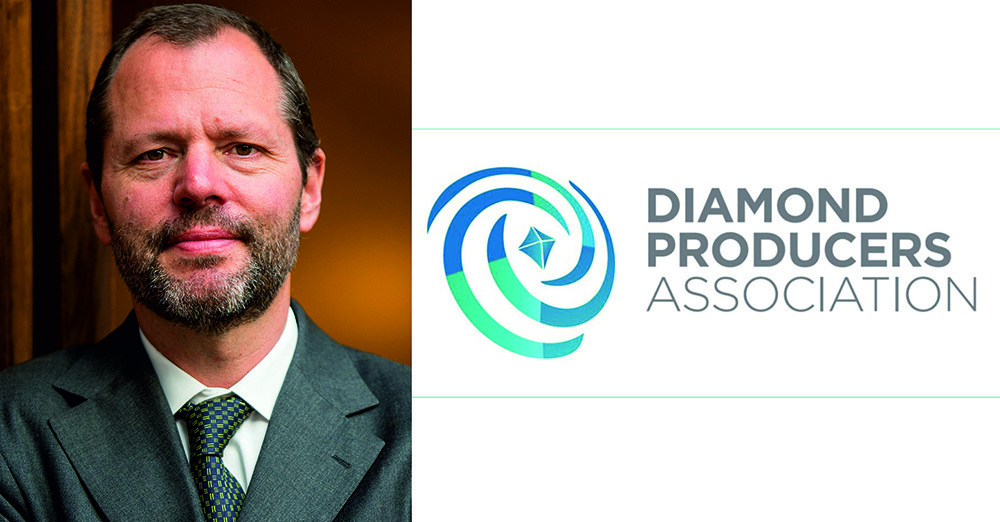Mr Jean-Marc Lieberherr – CEO Of Diamond Producers Association Emphasizes A Need For ‘Very Clear Differentiation Between Natural Diamonds And Lab-Grown Diamonds.’He holds a clear view that this distinction along with consumers’ clear understanding of the real value of their purchase will steer the diamond industry to thrive and keep consumers protected.
Q: Do you think Lightbox could shift demand of the lower priced natural diamond jewelry segment?
A: Lightbox’s low pricing will help firmly establish lab-grown diamonds and natural diamonds as different products in distinct markets at distinct price points. Lab-grown diamonds cater to the fashion industry because they are not inherently valuable, whereas natural diamonds still firmly cater to the luxury and high-end jewelry markets because of their unique qualities and unmatched value. Lightbox will provide much-needed clarity for consumers and will not threaten the diamond industry.
As to whether they will shift demand from natural diamonds at the lower end of the market, I don’t think it will. The volume produced will remain very low and only in the U.S. market. The very specific designs of lab-grown diamonds mean that they will compete more with diamond simulants and semi-precious stones, and diamonds have a very small share of that segment anyway today.
Q: with De Beers allowing its clients to reject cheap goods, how will it impact the industry?
A: We think the market will continue to demonstrate strong growth over the long-term. With diamond production has reached a peak in 2017 and demand growth in all key markets, we believe all types of products will benefit. It is true that smaller, cheaper rough diamonds are going through a hard time, but again we must remember that this is a very cyclical product segment, and we may see a strong rally in the next months.
Q: What is your opinion on the price meter of diamonds for the next six months?
A: Prices have been very firm over the past 12 months. The U.S. market has been strong, China has started to recover and is traditionally pulling prices. We are now going through a small correction, but I am confident the fundamentals are strong.
Q: For an industry operating on human relations, is regulation the answer for a more transparent business process? How far has consumer awareness for certification, transparency increased over the years? How can it be improved? What are your Inputs about the Kimberley Process Certification Scheme?
A: Every measure that will result in an even more transparent and responsible diamond supply chain is good in principle, and regulation is part of the answer like in any sector. However, it is important for consumers to bear in mind that the diamond industry is already one of the most regulated in the world, and it has made significant changes in the past 20 years, of which the Kimberley Process is one, but not the only one. Many other improvements like the creation of the Responsible Jewellery Council were also self-initiated by the industry. As far as the Kimberley Process is concerned, it has been remarkably successful. Thus, the expectation now is that its controls will be applied to situations beyond conflict situations. We support this evolution but it is a journey, and with over 80 governments included in the process, it is important to make this an inclusive evolution.
Q: Artificial Intelligence and Blockchain: Are they a boon for the industry?
A: There is no silver bullet. Technology will certainly be an enabler to greater transparency and traceability, but it has to be applied in a way that is effective, economically sustainable and supports an effective supply chain. The diamond supply chain can be quite complex as it involves thousands of independent companies, which are often not very technology-literate, and they need to be included in the change because they play an important part in the value chain. This is why it is very complicated and will take some time. The application of blockchain is promising, but we have to understand that it is a long journey and step-by-step, continuous improvement is what matters most. An immediate and essential application of technology to the diamond trade is diamond detection technology that will allow the easy and quick differentiation of lab-grown diamonds from real, natural diamonds.
Q: What is your idea of the ideal environment for the diamond industry to evolve in today’s scenario?
A: There needs to be a very clear differentiation between natural diamonds, which have inherent and growing value because they are essentially finite and growing increasingly rare, and lab-grown diamonds, which are produced artificially and whose costs are declining every day. As long as the products are clearly differentiated and consumers understand the real value of what they are buying, the diamond industry will thrive and consumers will be protected. If confusion is created in the consumer’s mind, including as a result of unclear disclosure rules, then consumers and retailers will be the first victims. This is why we are very concerned that the revised FTC Jewelry Guides fail to provide this clarity, which we believe can result in mass consumer deception, and we are already seeing signs of this happening.

